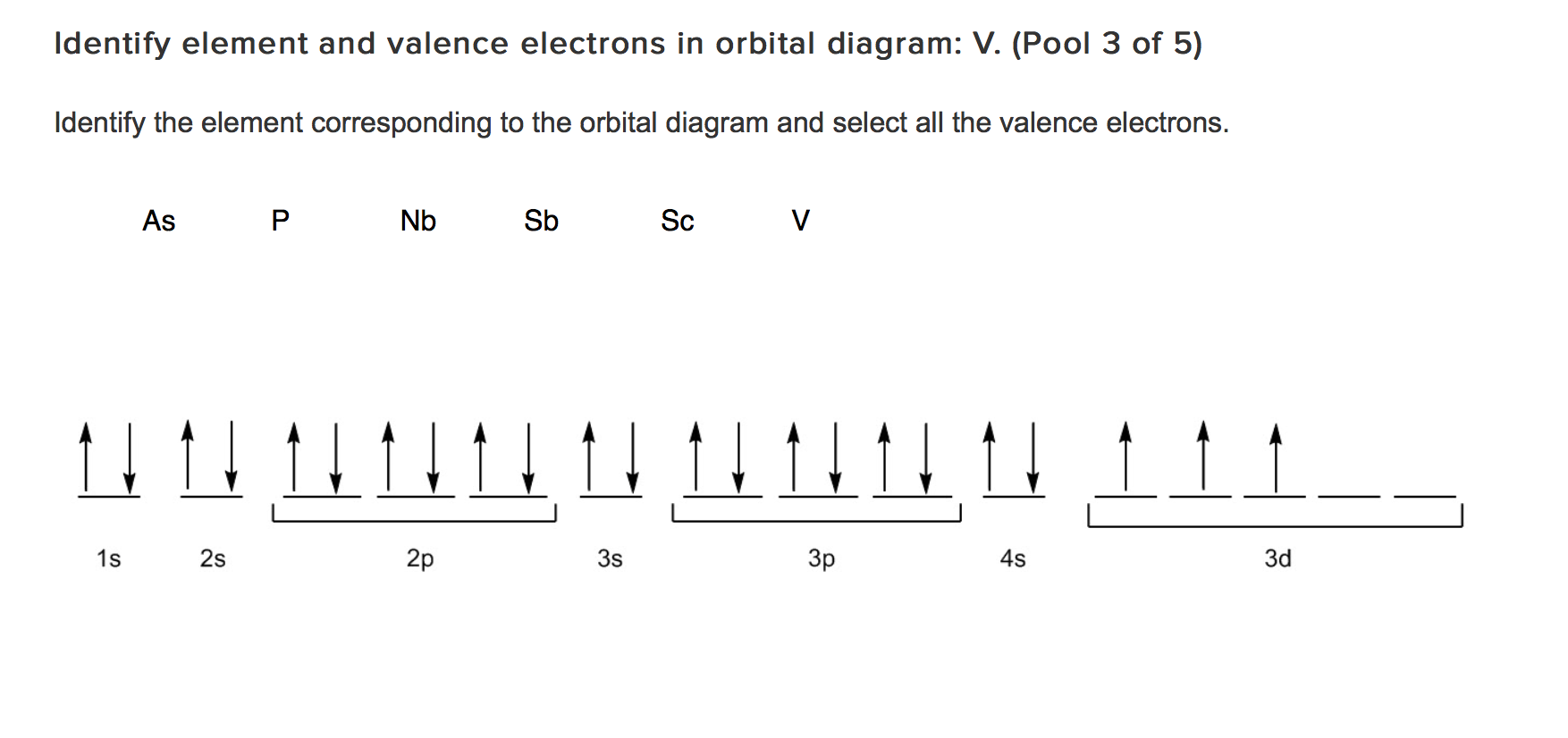


The other devices utilizing doped extrinsic semiconductors are Field effect transistors, laser, thyristors, light emitting diodes, photodetectors and solar cells.ĭoping changes an intrinsic semiconductor to an extrinsic semiconductor and enhances its electrical, optical and other structural properties. Bipolar junction transistors use two n-type layers with a p-type layer in between or vice-versa. A junction diode consists of n-type and p-type semiconductors welded together at a junction. Indium has 3 valence electrons and hence it is an acceptor impurity.ĭoped semiconductors are widely used in the construction of electronic devices. The dopant is known as an acceptor in this case.Īntimony, Phosphorus and Arsenic have 5 valence electrons hence they act as donor impurity. It is then called a p-type semiconductor with majority carriers as holes and minority carriers as electrons. In contrast, doping with a trivalent electron will lead to an extra hole. The dopant is known as a donor in this case. If the number is larger than 10, subtract 10 so you get two valence electrons. If you look at the periodic table and at the period numbers, that is the number of valence electrons. It is then called n-type semiconductor with majority carriers as electrons and minority carriers as holes. Valence electrons are the electrons contained in the outermost shell. Doping with pentavalent atoms will lead to an extra electron. It is doped with impurities to increase its conductivity. Find the number of valence electrons in Antimony, Indium, Phosphorus and Arsenic to determine the acceptor impurity.Ī typical intrinsic semiconductor has 4 valence electrons. Hint: Acceptor impurities must be trivalent to accept an electron from semiconductor.


 0 kommentar(er)
0 kommentar(er)
